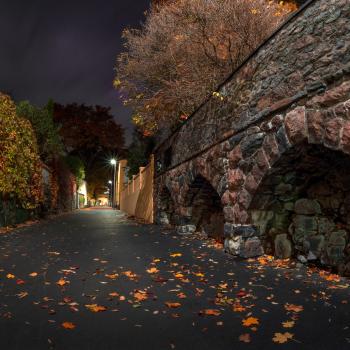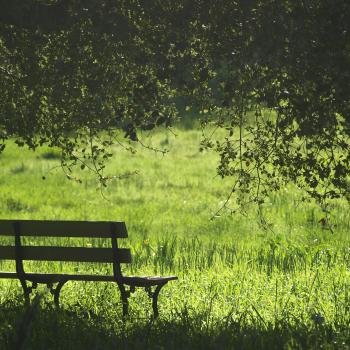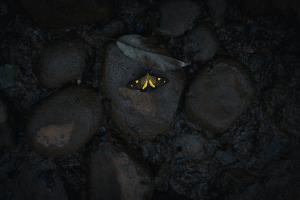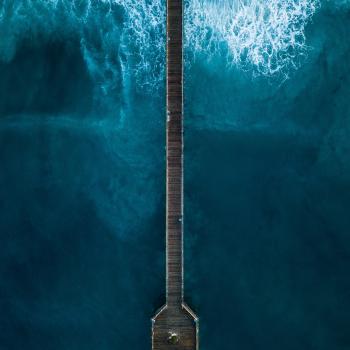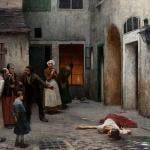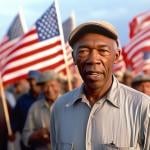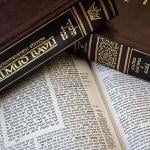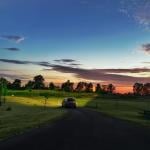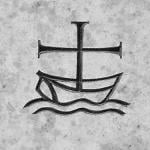 “Who you actually are is far bigger than the narrative you construct about who you are,” writes Jon Kabat-Zinn in Mindfulness for Beginners.
“Who you actually are is far bigger than the narrative you construct about who you are,” writes Jon Kabat-Zinn in Mindfulness for Beginners.
At this moment—end of semester, grades in, annual faculty record due, next year’s budget due, meetings to schedule, e-mails to respond to, office to clean, and the thousand and one things to do at home that have been ignored for months but there’s little time before I load the car and my son and I back out of the driveway, aim the car toward onto I-40W, Asheville to L.A.—I am feeling small, worn, reduced if not defeated.
And at this moment, 106 words into the unknown of this essay now two days late: doubt. Doubting my intelligence, talent, strength.
I know this story: I’ve been reading it for decades. Though who “I” was when the story of doubt, my doubt, was first written, I’m not, at this moment, sure, who else but “me” could have written the first draft?
I’m sure, at this moment, of only this: It’s easy as a writer to be unmovable and caught up in thinking there’s only one way of writing and telling a story, and believing that’s the only correct way in which to tell it.
Only this: I…have many negative stories I tell myself about who I am—an anxious person who has many flaws that often hold me back. But this is only a biased picture I paint of myself—is it necessarily true? I know I can…learn more about myself through meditating and examining further the stories I so often tell myself about who I am.
I’m sure of only this: those italicized words: they aren’t mine. They are a student’s words, a student who just finished a course I taught this semester, Contemplation and Imagination.
The occasion that created the conditions in which those insights arose? Students were asked to write a self-reflection essay, in which they were to draw on one observation or instruction offered by Jon Kabat-Zinn in his book Mindfulness for Beginners and apply that observation to reflections on the work they had done over the course of the semester: writing, reading, commenting on each other’s work-in-progress, practicing various kinds of mindfulness meditation.
You can do it, too! Pick one and apply it to your life, however you’ve been living it for, say, the last sixteen weeks:
Who you actually are is far bigger than the narrative you construct about who you are.
Our lives are simply bigger than thought.
Pay attention to what you are experiencing directly through your senses in this moment, including the sense of being embodied, before you clothe it in any kind of narrative.
Question and investigate in an open, curious, and systematic way who we are and where we are going.
See for yourself how things might actually be behind the veil of appearances and the stories we are so skilled at telling ourselves about how things are.
Some young (and not-so-young) writers are driven to the keyboard, the screen with a story to tell—here’s how you hurt me; I’m right, even righteous and you’re not; look at me! I’m (take your pick) gay, Muslim, Latino, differently-abled…
What if this young man, instead of shouting, used the occasion of writing to question and investigate his story, opening to the possibility that what hurts is home, a place to which he retreats then slams the door in the face of the unfamiliar, the unknown?
What if this young woman, instead of decrying, used the occasion of writing to awaken her curiosity about her roommate who flaunts her immodesty before the eyes of Christ?
What if you, instead of parading, used the occasion of writing to peer behind the veil of appearances?
Writing as practice: choosing the precise word; tuning each sentence to the perfect pitch.
And, when one experiences the urge, the often irresistible urge to know, to know now, to know with absolute certainty, no further investigation required—when one aches to express unambiguous meaning: writing to practice restraint.
“Two roads diverged in a wood, and I—
I took the one less traveled by”
That interrupted “I”, that doubled “I”—dear Robert, dear Frost, is that one last look at both roads before choosing (“sorry I could not travel both / And be one traveler”)? Or is it art, the means by which you take, even today as I am with you in your poem, the road less traveled and “The Road Not Taken”? One traveler, you are, at once, every road taken and every road not taken.
Maybe it’s hard to hold that truth in thought. That’s why we make art, that’s why we turn to art because we know, as Jon Kabat-Zinn notes, “our lives are bigger than thought.”
Is Christ the Christ-less? Is suffering itself a source of comfort?
I don’t know. I am small, though not as small as I was 713 words ago. Thank God, or art, whichever is bigger, whichever is big enough to hold what I am and what I am not.


